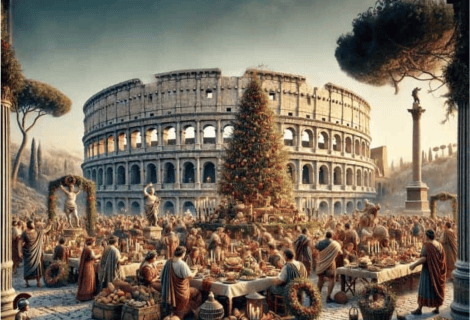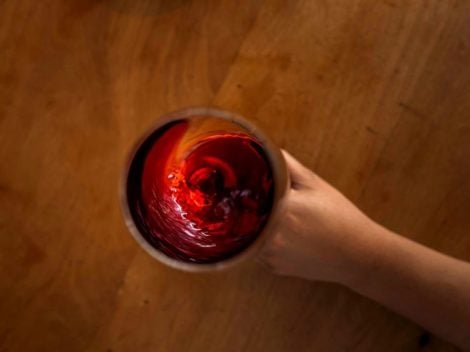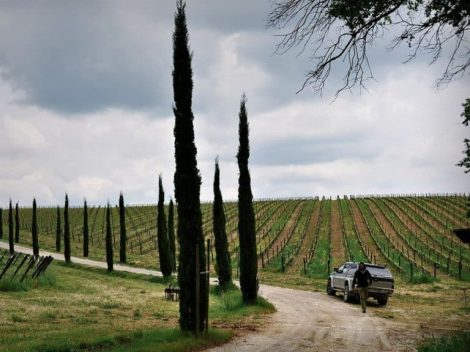by Carlotta Sanvitti
The Board of Directors of the Italian Commission for UNESCO, chaired by Franco Bernabè, has approved the candidacy of the "Landscape of the Chianti Classico Villa-Farm System" for preliminary verification, with a view to being listed as a World Heritage Site. The candidacy, which covers seven municipalities between Florence and Siena over an area of 54,000 hectares, falls into the category of cultural landscapes, defined as "combined works of nature and man" according to Article 1 of the UNESCO convention.
Dossier sent to Paris
This candidacy aims to demonstrate how land-use planning decisions in Chianti Classico between the 16th and 19th centuries optimized agricultural production, improved local living conditions, and stimulated the economy, moving away from ancient medieval sharecropping practices to a more organized system inspired by urban commercial experiences of the communal age. Tessa Capponi-Borawska, president of the Foundation for the Protection of the Chianti Classico Territory, emphasizes the importance of preserving this "magical territory" for future generations. With over 150 villa-farms that have maintained their agricultural and forestry systems intact through the centuries, the candidacy represents a fundamental step towards enhancing and protecting this cultural heritage. The dossier has now been sent to Paris for a preliminary assessment. If positively judged by the advisory bodies, it will be officially submitted to the UNESCO World Heritage Centre by February 1, 2027.

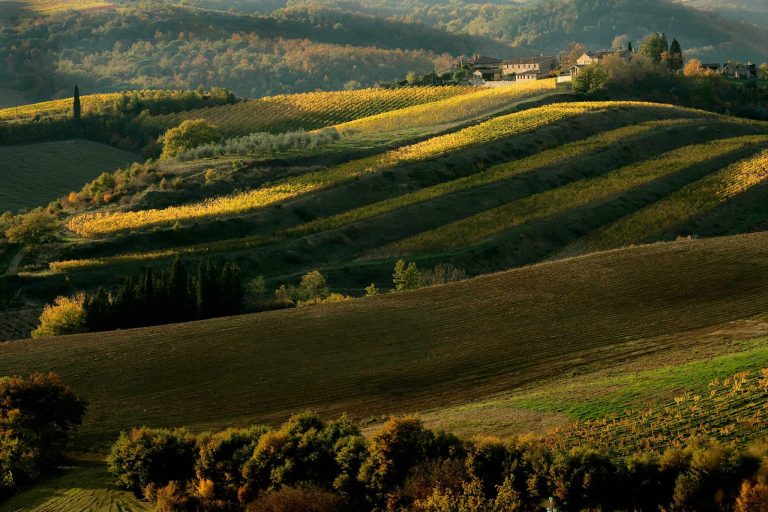
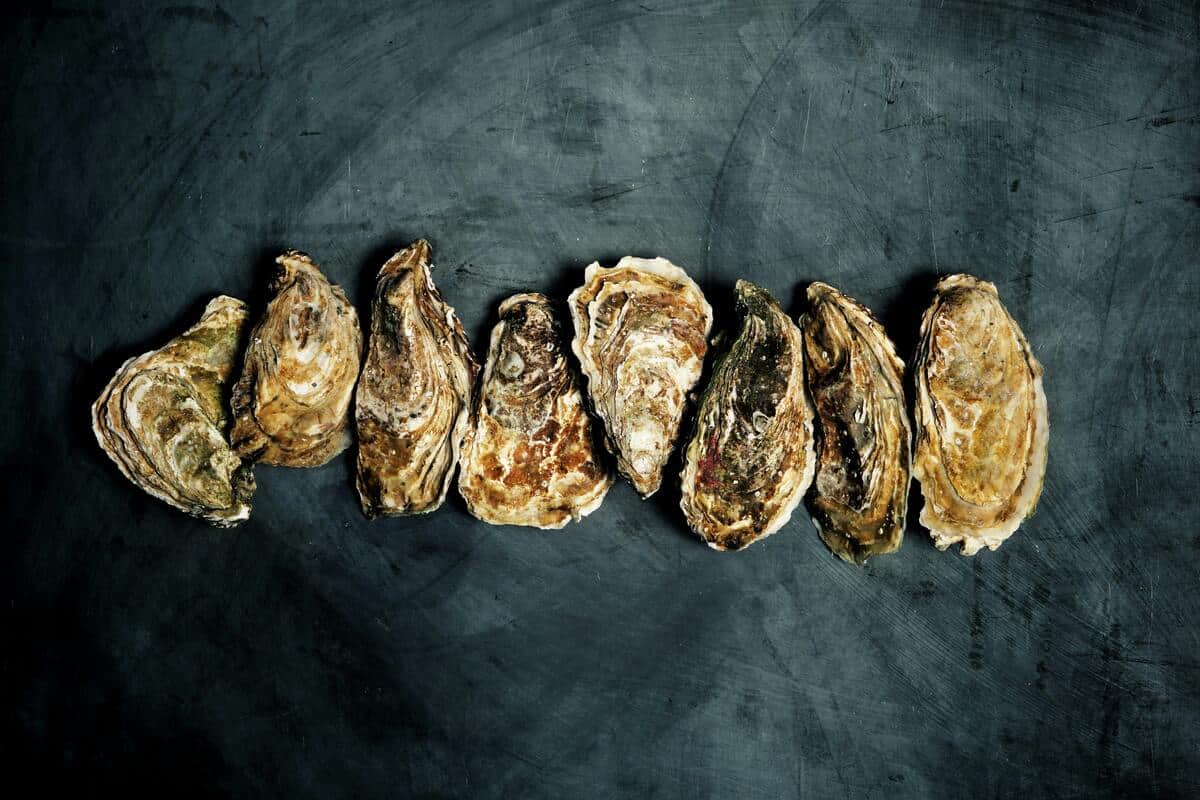 The best oysters to buy for New Year’s Eve. With expert advice
The best oysters to buy for New Year’s Eve. With expert advice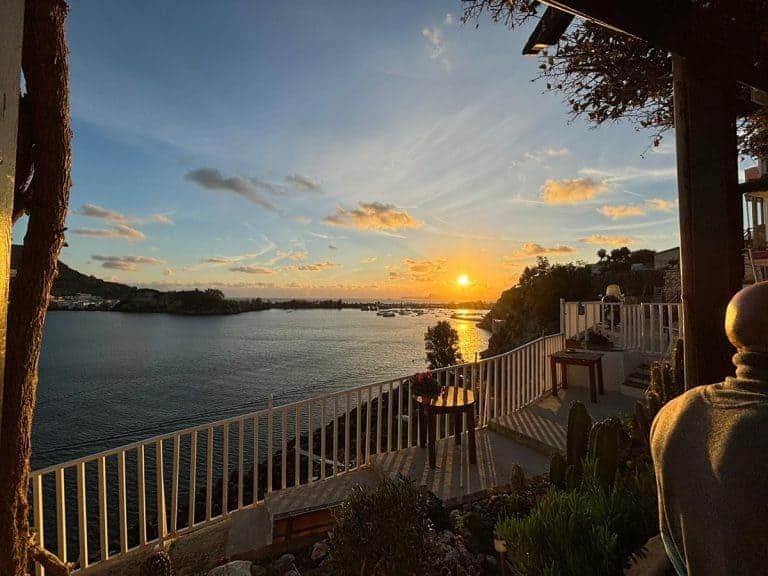 The hidden Trattoria in the Mountain of Bacoli that brings the sea to your plate
The hidden Trattoria in the Mountain of Bacoli that brings the sea to your plate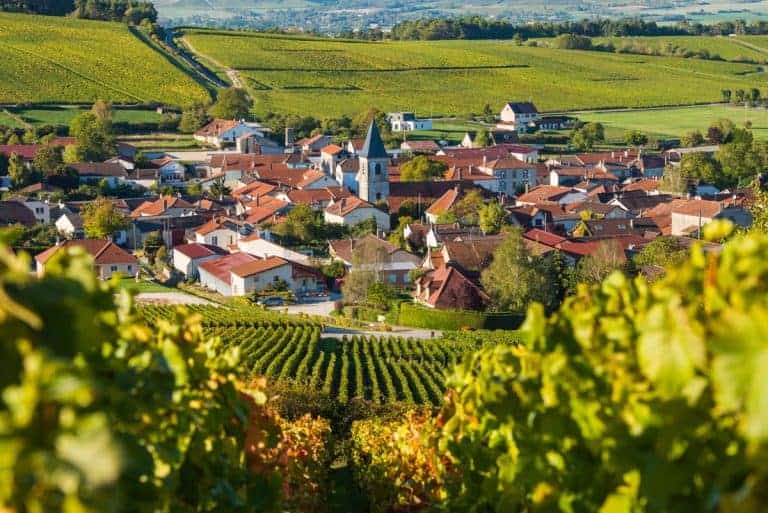 The 8 Champagnes of the Côte de Bar that enthralled us
The 8 Champagnes of the Côte de Bar that enthralled us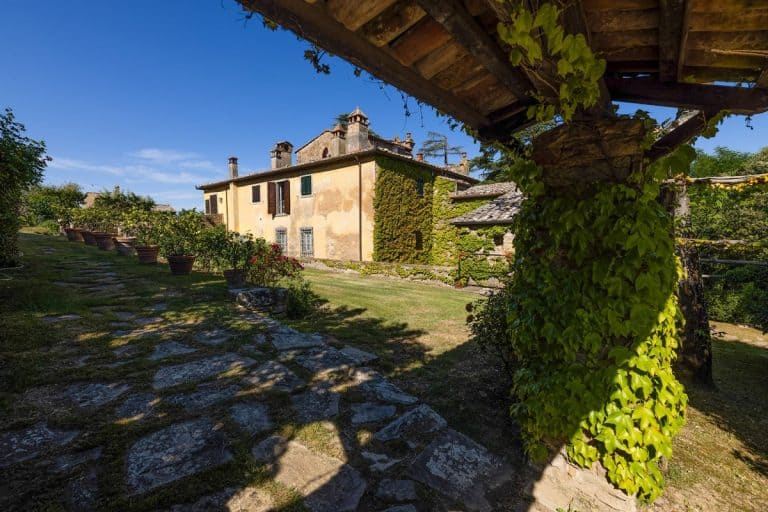 Here are the 11 Syrah labels that narrate the new era of Cortona winemakers
Here are the 11 Syrah labels that narrate the new era of Cortona winemakers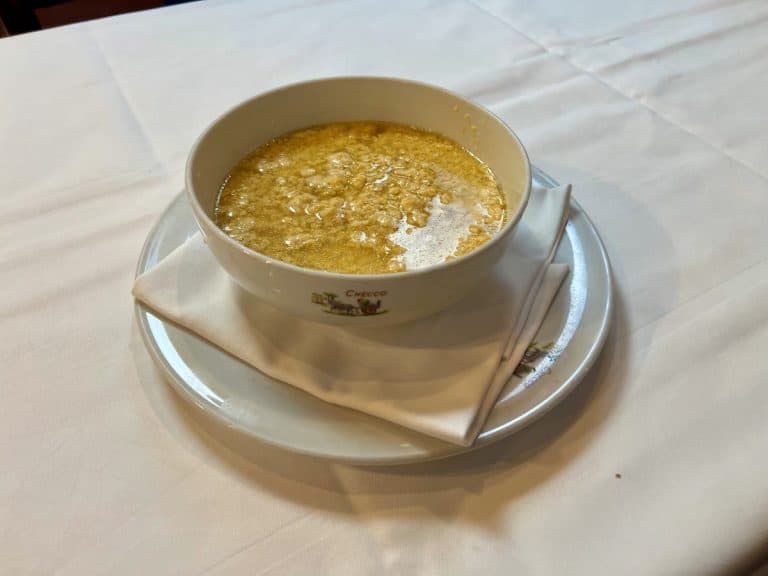 God Bless those who don’t forego Stracciatella on the evening of December 25th. Here’s the recipe from a renowned Roman trattoria
God Bless those who don’t forego Stracciatella on the evening of December 25th. Here’s the recipe from a renowned Roman trattoria
